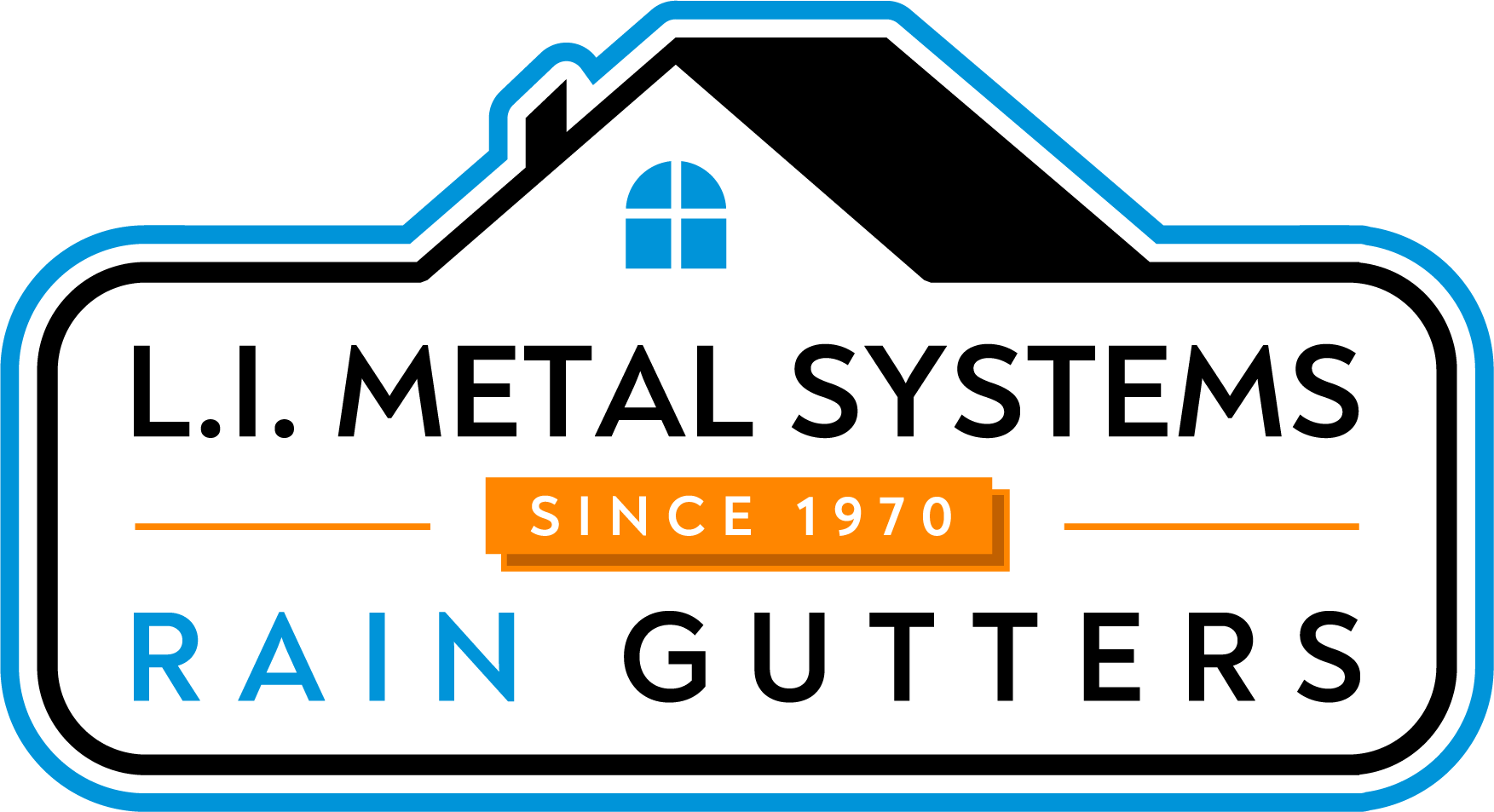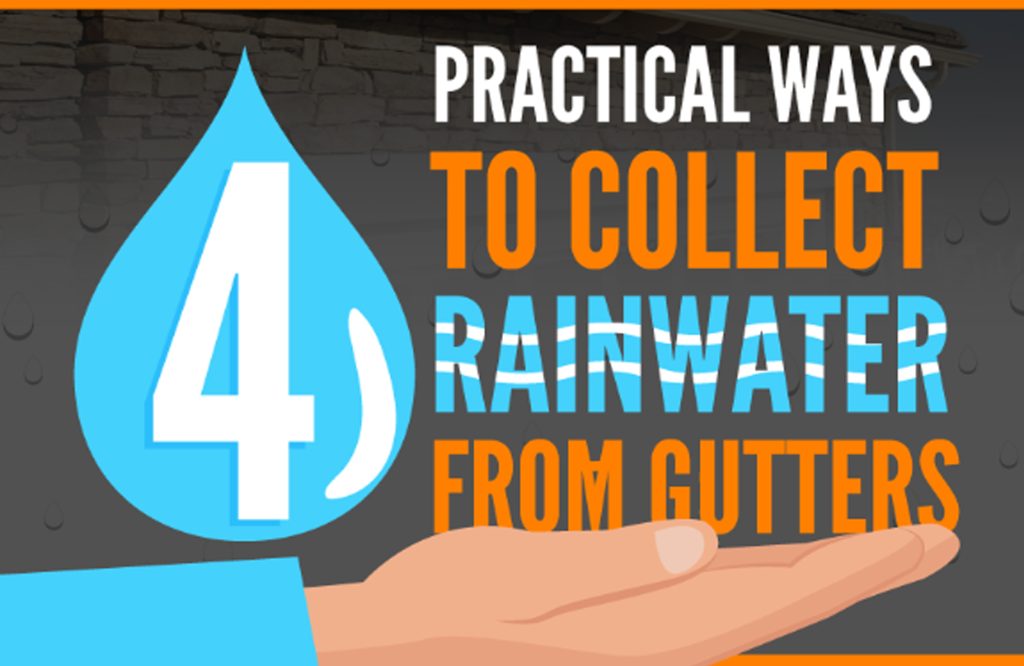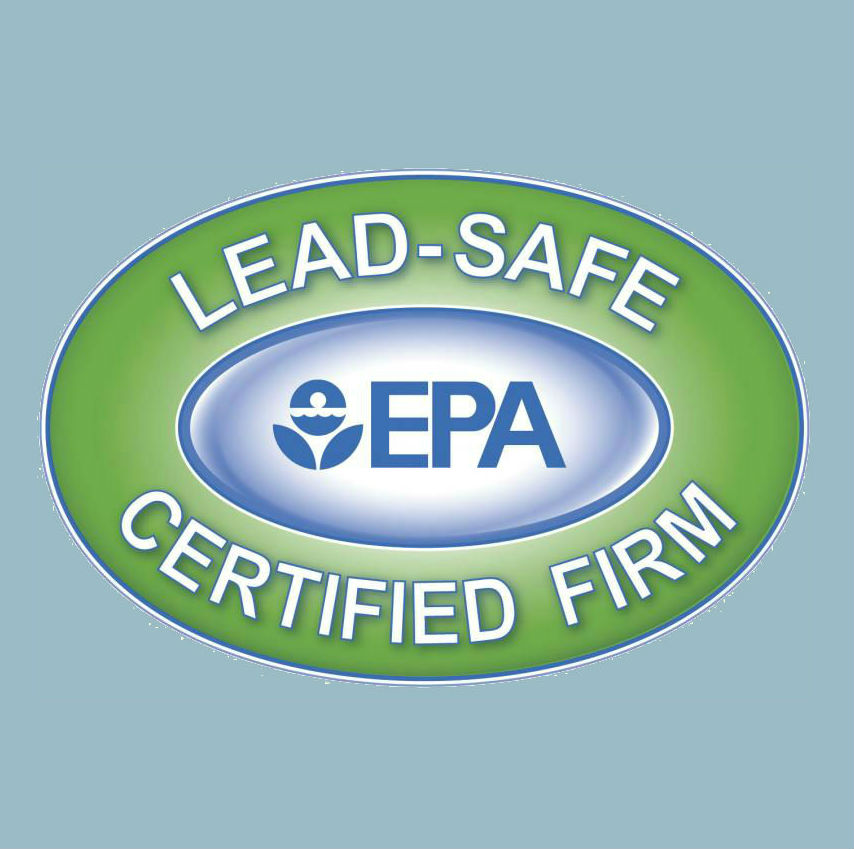Rainwater has been collected, stored, and used for thousands of years. Modern rainwater harvesting systems are attracting renewed interest for various purposes such as lawn, garden, and other household activities.
What is Rainwater Harvesting?
Rainwater harvesting refers to collecting runoff water from a structure or other impervious surface to store for future use. Rainwater can be collected from different surfaces and platforms, and the idea behind rainwater harvesting has been around since ancient times.
In recent years, the practice of rainwater harvesting from rain gutters in Oak View, CA and other locations has resurfaced in popularity. This is because the practice is one of the reliable ways for households to conserve water. Collecting rainwater helps households take control of water supply for house and landscape needs.
1. Rooftop Rainwater Harvesting
Rooftop rainwater harvesting is one of the most common and efficient methods of collecting rainwater. Rooftop rainwater harvesting is an ideal option for in dryland, hilly, urban and coastal areas and urban households where space is limited. It utilizes existing infrastructure, which is rain gutters in Thousand Oaks, CA to collect rainwater, which can supply water for non-potable uses like irrigation, cleaning, and flushing toilets.
How Rooftop Rainwater Harvesting Works
This technique involves knowing how to collect rainwater from rain gutters to set up a rooftop system. It is important to start with a durable rain gutter that can effectively guide and capture rainwater smoothly. Moreover, it is helpful to ensure that the system is free of debris like leaves, twigs, and pines with the help of mesh covers and leaf gutter guards.
2. Rain Barrels
Rain barrels are another helpful way for homeowners to collect rainwater from rain gutters. This type of rainwater collection method is commercially constructed with molded plastic, but a large garbage can also function as a rain barrel.
How Rain Barrels Work
This type of rainwater harvesting requires a tight-fitting lid with a center hole, which is replaced with a small mesh screen to filter out debris like leaves and twigs. Moreover, a fixture with an on-off valve is placed on the lower portion of the rain barrel.
Rain barrels are typically placed directly under rain gutters or downspouts. The barrel’s lid can be removed, and water dipped out for use. However, a spigot can offer easier access with less effort. The higher the spigot is installed, the greater the water pressure will get on release.
3. Dry System
The dry system method is one variation of a rain barrel setup, but the difference is that it involves a larger storage volume. This setup is simple and efficient, especially suitable for regions with moderate yearly rainfall and areas with limited space. It is called a dry system since the pipes from the roof to the storage tank remain dry when it is not raining.
How the Dry System Works
Unlike other systems where underground piping can retain water between rain events, a dry system depends on gravity to transfer and collect rainwater to the storage tank. Due to its simplicity, the dry system is an ideal rainwater harvesting technique for smaller buildings and homes with a single roof surface.
Dry systems are cost-effective and inexpensive to install due to their straightforward design. They require fewer materials and no extensive underground piping to be functional. Furthermore, they are low-maintenance systems that are less prone to clogging and leaks.
4. Wet System
The wet system is a rainwater harvesting method that involves locating the collection pipes underground to connect multiple downspouts from different gutters. This setup is ideal for properties with a complex roof structure or instances where the storage tank cannot be placed close to the property. The wet designation originates from the underground collection pipes remaining full between rainfalls.
How The Wet System Works
In wet system, rainwater fills the underground piping and rises in vertical pipes until it reaches the tank. The pipes are often buried to accommodate longer distances between the catching area and the storage tank. To prevent water leakage, the downspout and underground collection piping must be secure and well-maintained.
The wet system as a rainwater harvesting technique is helpful for large catchment areas that require rainwater to be collected from several points. Moreover, the wet system enables a more flexible tank placement as it can be at a considerable distance from the property, such as underground or shaded, to minimize evaporation.
Choosing the Right Rainwater Harvesting Method For Your Home
Selecting a suitable rainwater harvesting method for your home involves considering different factors to ensure efficiency and appropriateness for your needs. Here are some of the key considerations that can guide your decision-making process.
Space Availability
The amount of available space helps determine which options can work, such as above-ground tanks or simpler systems like rain barrels. Homes with limited space can benefit from compact rainwater harvesting methods, while larger properties can accommodate wet systems.
Water Needs
Another consideration when choosing the rainwater harvesting method is how the collected water will be used. Non-potable uses such as irrigation and cleaning require minimal filtration, which makes a simpler system viable. If potable water is the goal for collecting rainwater, advanced filtration and storage solutions may be necessary.
Budget
The budget can influence the type of rainwater harvesting method that households can afford. Simpler and compact systems like rain barrels and dry systems are economical choices, while a wet system requires more initial investment for families.
Climate and Amount of Rainfall
The local climate in the area determines the frequency and amount of rainfall it gets throughout the year. This factor affects the choice of system, size, and rainwater harvesting method. Regions with lesser rainfall may need larger storage tanks or supplementary systems to maximize rainwater use.
Install a Rain Gutter System for Your Home Today with L.I. Metal Systems
Reap the benefits of a functional and visually appealing rain gutter system with the best and most reliable gutter installation company. In Southern California, that is L.I. Metal Systems, the oldest and most experienced seamless rain gutter company in the Golden State. Specializing in seamless aluminum, copper rain gutters, and soffit coverings, we guarantee durability and performance with every installation backed by our transferable LIFETIME guarantee.
Visit our official website today to schedule a consultation and learn more about our rain gutter installation services and gutter products. Our team of professionals is dedicated to helping you make an informed decision for your home with the nation’s leading solution for rain gutter leaf protection. Protect your home with the best and tested rain gutters —choose L.I. Metal Systems today!
Learn more about rain gutters with our articles:
Reasons Why It is Important to Replace Old Gutters with New Gutters
Understanding the Role of Rain Gutters in Your Home’s Drainage System





